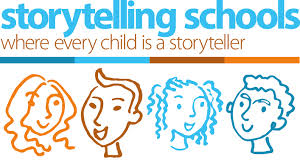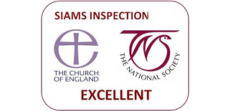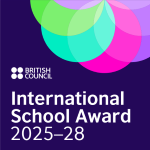
At St Andrew’s we use the Storytelling Schools approach to teach many of our units of work in literacy. The main idea is for children to hear stories then learn to tell them orally. Listening to and retelling stories helps children develop their vocabulary and sentence structures. Once children are able to tell a story aloud, they find the process of writing much easier.
Telling a story without a book is a powerful way to engage the children and draw them into a story. Once the children have heard the story, they create story maps to help them sequence and learn it.
‘Stepping out’ stories is a fun way for children to memorise the stories further and helps children understand how to use paragraphs in their writing.
Often, drama activities are used to deepen the children’s understanding of the plot and characters.
At St Andrew’s we use the Storytelling method to learn traditional stories and fairy tales. As the children advance through the school, the stories become more complex. Greek and Roman myths are learnt using the method. Our history topics are often enhanced through learning stories from the period being studied. Stories can be told word-for-word or chanted, or the storyteller learns the main plot of a story but the way the story is told varies on each retelling.
The Storytelling method is also used for non-fiction literacy units. The method for recording a science experiment can be stepped out and learnt by heart. It is a great way for children to learn the formal language structures used in a range of non-fiction genres.
.png)
.png)



.png)
.png)
.png)
.png)
.png)